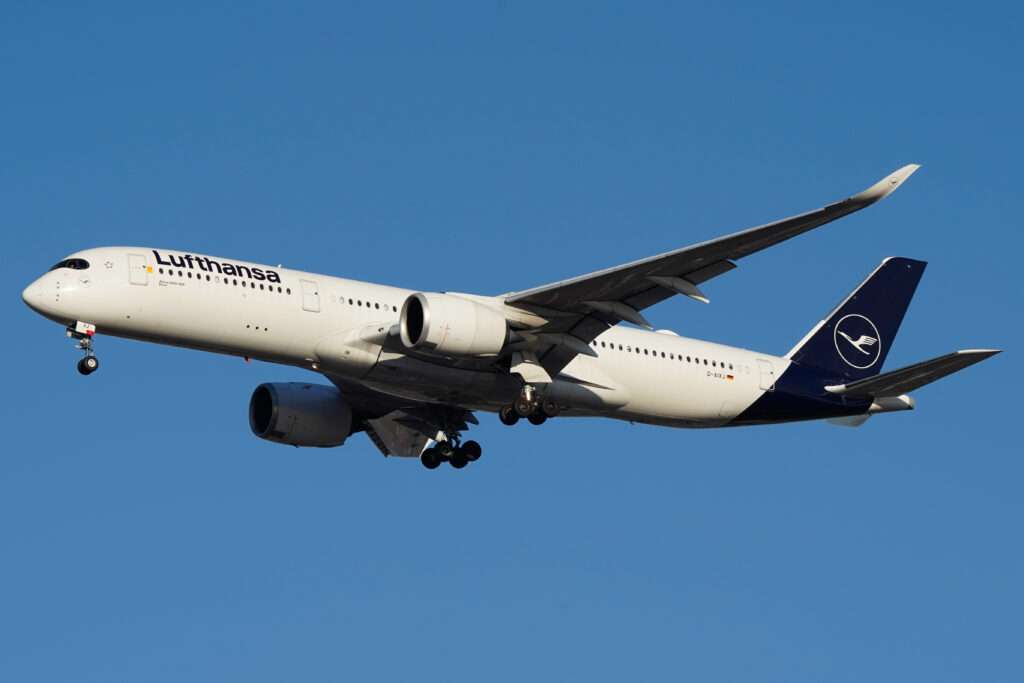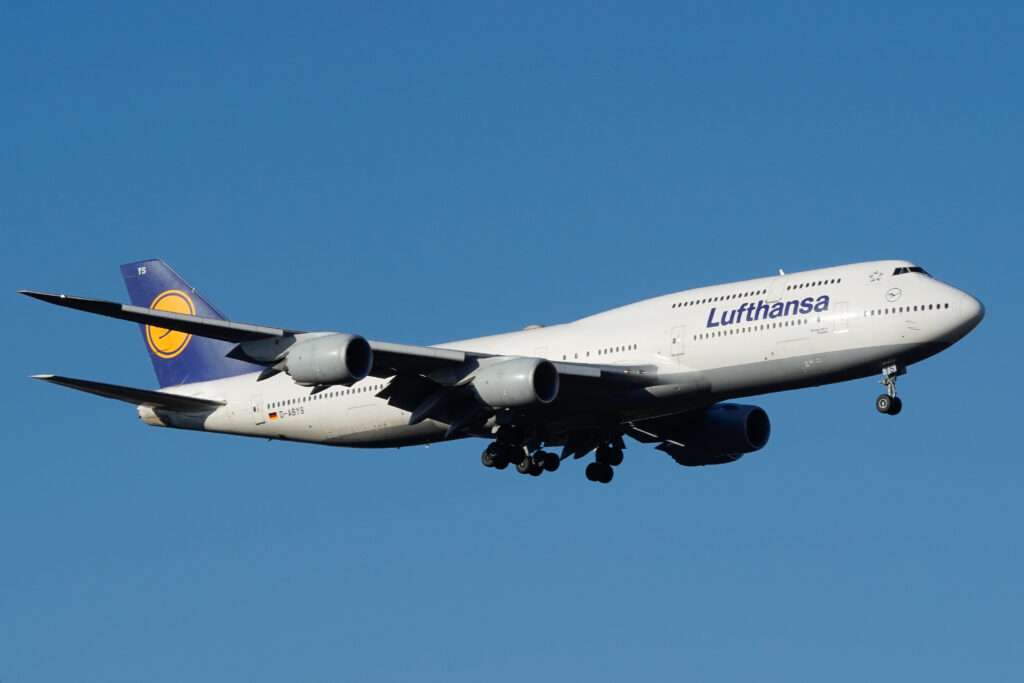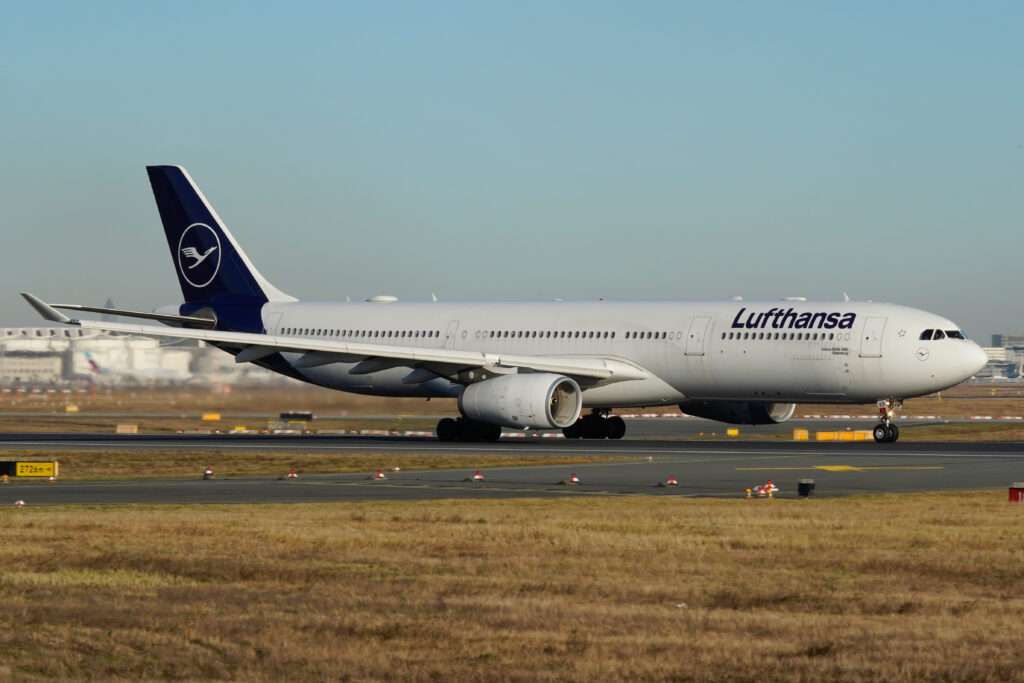Lufthansa, the iconic German airline with the graceful crane logo, boasts a rich history that mirrors the triumphs and challenges of Germany itself.
Its journey, spanning nearly a century, is a tale of innovation, resilience, and a constant pursuit of excellence in the skies.
From Humble Beginnings to National Carrier (1926-1945)

The Lufthansa story begins in 1926 with the formation of Deutsche Luft Hansa A.G. in Berlin.
This national airline emerged from the merger of two pioneering companies: Deutscher Aero Lloyd, one of the world’s oldest airlines, and Junkers Luftverkehr.
The fledgling Lufthansa quickly took to the skies, carrying passengers and mail on domestic routes.
Its iconic blue and yellow livery, featuring the crane symbol, was established during this period.
The airline thrived in the late 1920s, expanding its network across Europe.
Its ambition extended beyond passenger travel; Lufthansa played a crucial role in developing Germany’s air cargo industry.
However, the rise of the Nazi Party in 1933 cast a dark shadow.
The airline became increasingly entangled with the Nazi regime, its operations used for military purposes and propaganda.
This association would tarnish Lufthansa’s image for years to come.
Post-War Rebirth and The New Lufthansa (1945-1970)
Following World War II, Germany was in ruins, and so was its national airline.
The original Lufthansa was dissolved by the Allied forces in 1951. However, the desire for air travel remained strong.

In 1953, a new airline, Aktiengesellschaft für Luftverkehrsbedarf (Luftag for short), was established in Cologne, West Germany.
Recognizing the legacy and brand power, Luftag acquired the rights to the Lufthansa name and iconic crane logo in 1954.
Thus, the “new” Deutsche Lufthansa Aktiengesellschaft, or simply Lufthansa as it’s known today, was born.
This post-war Lufthansa focused on rebuilding its reputation and network.
Its first aircraft, a Convair 340, took flight in 1954, marking the beginning of a new era.
The airline prioritized safety and reliability, qualities that would become hallmarks of the Lufthansa brand.
The 1950s also saw Lufthansa re-establish itself as a major player in European aviation, with key routes connecting major cities.
The Jet Age and Global Expansion (1970-2000)
The arrival of the jet age in the 1960s revolutionized air travel.
Lufthansa embraced this change, acquiring the Boeing 707 and shifting its long-haul operations to Frankfurt Airport, which remains its main hub today.
This period also saw the introduction of the red rose as a symbol for Lufthansa’s luxurious first-class experience.
Lufthansa didn’t just dominate European skies; it set its sights on the world.
Transatlantic flights to New York City began in 1955, and soon after, destinations in Africa, Asia, and South America were added.

The airline became a symbol of German economic prosperity and technological advancement.
Mergers, Acquisitions, and Challenges (2000-Present)
The turn of the millennium brought a new wave of consolidation in the airline industry.
Lufthansa, seeking to strengthen its position, embarked on a series of strategic acquisitions.
It merged with Austrian Airlines in 2000, forming the Lufthansa Group, and later acquired Swiss International Air Lines and Brussels Airlines.
This expansion solidified Lufthansa’s position as a major player in European aviation.
However, the 21st century also brought its share of challenges.
The 9/11 attacks and subsequent economic downturns impacted the airline industry significantly.
Lufthansa faced fierce competition from low-cost carriers and budget airlines.
More recently, the COVID-19 pandemic delivered a devastating blow to the entire aviation sector, forcing Lufthansa to make significant cost cuts and seek government assistance.
Despite these challenges, Lufthansa has persevered.
It remains a global leader in aviation, renowned for its commitment to safety, innovation, and passenger experience.
The airline continuously modernizes its fleet, invests in new technologies, and strives for sustainable practices.
Looking Ahead: A Legacy of Innovation
Lufthansa’s journey is a testament to the resilience of the human spirit and the power of innovation.
From its humble beginnings to its position as a global leader, the airline has adapted to changing times and thrived in a competitive environment.
As it navigates the complexities of the 21st century, one thing remains certain: Lufthansa will continue to soar through the skies, carrying passengers and dreams across the globe.

Click the banner to subscribe to our weekly newsleter.

Click the photo to join our WhatsApp channel so then you can stay up to date with everything going on in the aviation industry!









